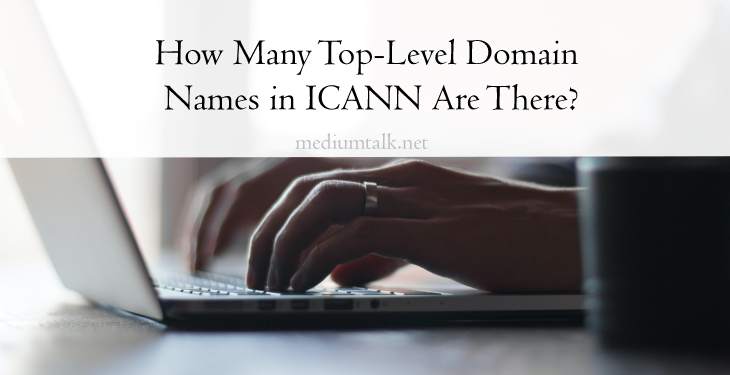The Internet has become an integral part of our daily lives, connecting people and businesses across the globe. Behind the scenes, the Internet’s infrastructure is managed by various organizations, including the Internet Corporation for Assigned Names and Numbers (ICANN). One crucial aspect of ICANN’s role is overseeing the administration of domain names, including the allocation and management of top-level domain names (TLDs). In this article, we will explore the world of TLDs and uncover how many of them exist within ICANN’s domain name system.

Understanding Top-Level Domain Names
Before delving into the number of TLDs, it is essential to grasp the concept of top-level domain names. These are the last segment of a domain name, appearing after the final dot. The most commonly known TLD is “.com,” used for commercial websites. Other familiar examples include “.org” for organizations and “.edu” for educational institutions. Each TLD serves a specific purpose, classifying websites based on their intended use or geographic location.
The Expanding World of TLDs
ICANN has played a vital role in expanding the variety of TLDs available, moving beyond the traditional options. In the past, the number of TLDs was relatively limited. However, with the introduction of ICANN’s New Generic Top-Level Domain Program (gTLD), the domain name system underwent a significant transformation.
The New gTLD Program
ICANN launched the New gTLD Program in 2012, allowing organizations and individuals to apply for new, custom TLDs. This initiative aimed to promote innovation, competition, and choice in the domain name space. It opened up opportunities for businesses to align their web addresses with their brand identities, and for niche communities to establish dedicated TLDs that catered to their interests.
The Expansion Effect
The introduction of the New gTLD Program led to a substantial increase in the number of TLDs available. As of the time of writing, ICANN has approved and delegated over 1,500 new gTLDs. These include a wide range of options such as “.app,” “.blog,” “.shop,” “.tech,” and many more. Each of these TLDs serves different purposes and targets specific industries or communities.
ccTLDs and IDN TLDs
In addition to gTLDs, ICANN is also responsible for country-code top-level domains (ccTLDs). These TLDs represent specific countries or territories, such as “.us” for the United States or “.de” for Germany. Each country manages its respective ccTLD, working in collaboration with ICANN to ensure proper administration.
Moreover, ICANN also supports internationalized domain names (IDNs), allowing the use of non-ASCII characters in domain names. IDN TLDs cater to languages and scripts that are not based on the Latin alphabet, making the Internet more accessible and inclusive for non-English-speaking populations.
ICANN has been instrumental in expanding the number and variety of top-level domain names available on the Internet. With the introduction of the New gTLD Program, the domain name space has witnessed a significant transformation, providing organizations and individuals with the opportunity to create customized TLDs that align with their brand identities and interests. Currently, ICANN has approved and delegated over 1,500 new gTLDs, complementing the existing gTLDs, ccTLDs, and IDN TLDs. This diverse ecosystem of TLDs enriches the Internet, fostering innovation, competition, and the ability to create unique online identities.
